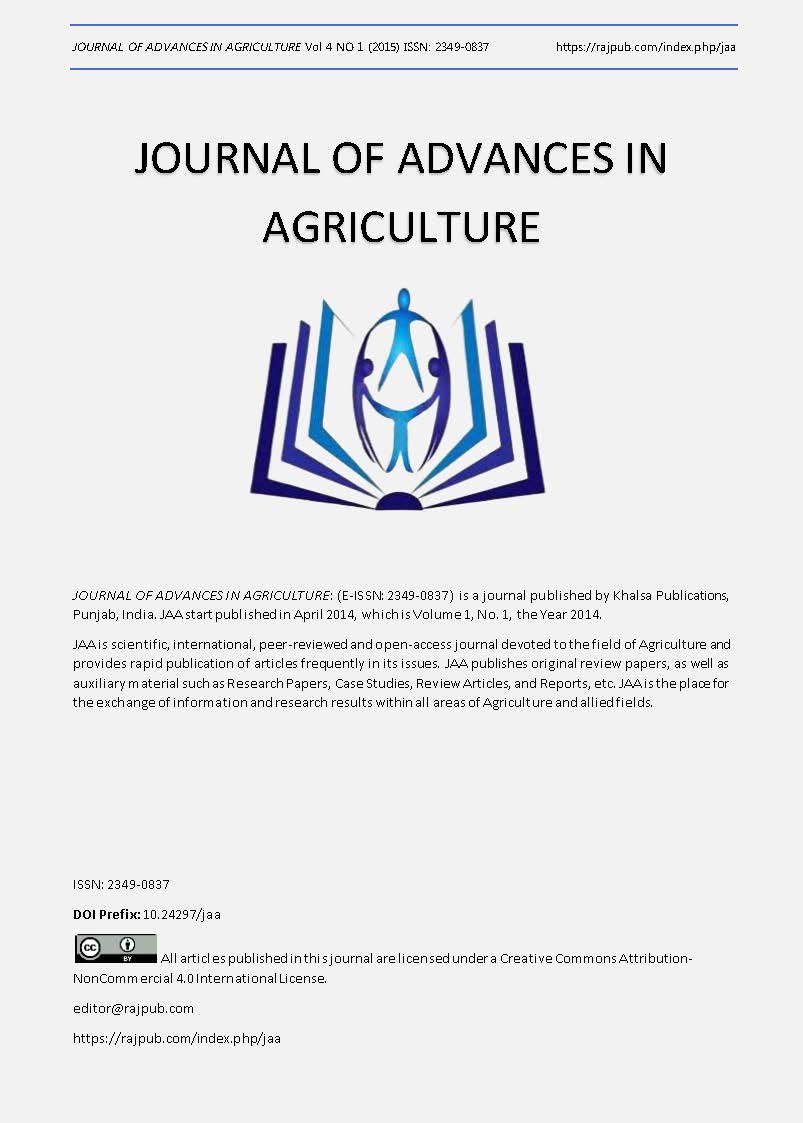The status of Indigenous chicken production systems in the Lango sub region of Northern Uganda
DOI:
https://doi.org/10.24297/jaa.v4i1.4301Keywords:
Indigenous chicken, Lango, production constraints and Northern Uganda.Abstract
This study was conducted in four districts in Lango sub region of Northern Uganda. A total of 320 households (HH) from 32 villages (eight villages from each district) were included in the study. The objectives were to assess the flock characteristics, production, productivity and related constraints of village chicken production in Lango sub region. A formal survey, using structured questionnaires integrated with participatory rural appraisal techniques relevant to rural chicken production system, was applied. Study districts and corresponding market sheds differed significantly in the flock characteristics. The mean number of Matured chicken, Hen/pullets, Cocks, and Chicks per household was 7.4±0.22, 5.4±0.17, 2.2±0.09, 8.5±0.37 respectively, with a male to female ratio of 1:2.9. Purchase and exchange for labor were the main sources of foundation stock while hatching was the main sources of replacement stocks. Mean egg laying performance of hens was 17, 21 and 25 eggs for the first, second and third and higher clutches, respectively. Mean clutch number was 2.6±0.06 per year. The mean number of eggs set per bird was 13.5±0.19. Hatching rate was 74.6±0.86 ranging from 35.3-90% (n=320). High mortality of chicks (average survival rate of 51.6±6.3%, ranging from 12-71%.) were reported and occurred between hatching and the end of brooding at 8 weeks of age. About 86.5% of the eggs produced are incubated in order to replace birds that die. This makes the reproduction for replacement as the main focuses of chicken keepers. It is concluded that village chicken production is part of a balanced farming system and that there exists considerable opportunities for changing the inefficient system using the available animal and other resources.
Downloads
Downloads
Published
How to Cite
Issue
Section
License
 All articles published in Journal of Advances in Linguistics are licensed under a Creative Commons Attribution 4.0 International License.
All articles published in Journal of Advances in Linguistics are licensed under a Creative Commons Attribution 4.0 International License.




